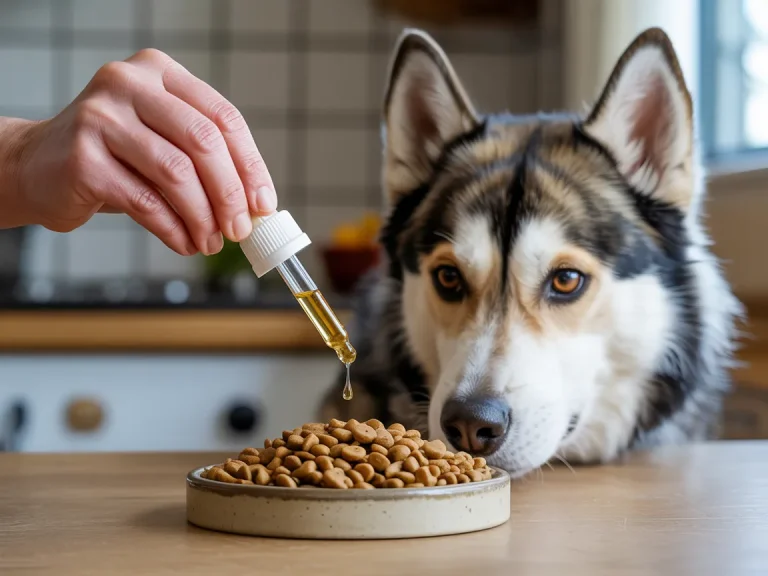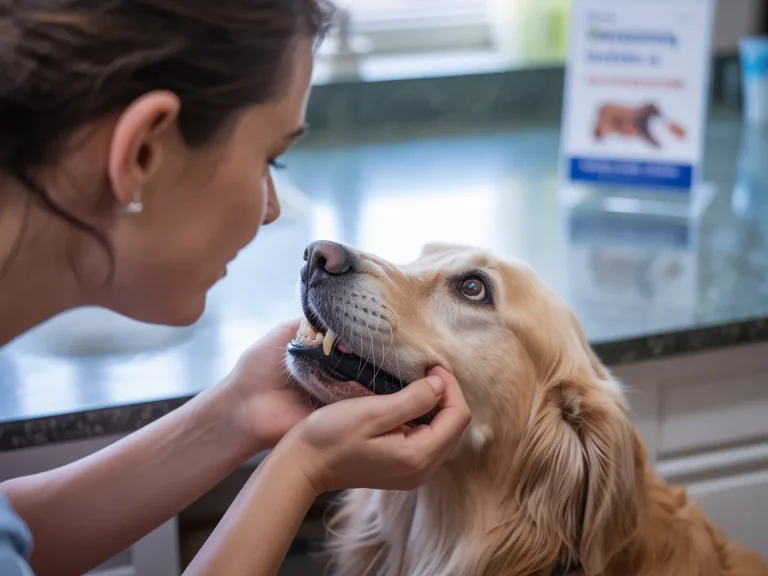Feeding your dog well is one of the most impactful things you can do for their longevity, energy, coat quality, and even behavior. Yet with the flood of advice online—from trendy raw regimens to DIY recipes—many pet owners are left unsure what truly constitutes a balanced meal. This article cuts through the noise with practical, expert-backed secrets to help you confidently build or choose a healthy diet for your dog, whether you’re making food at home, supplementing with treats, or considering a raw food transition.
Why a Balanced Dog Diet Matters
A good bowl is like a well-packed hiking pack—everything your dog needs, nothing that weighs them down. Dogs thrive on the right mix of macronutrients (protein, fats, carbohydrates), micronutrients (vitamins and minerals), and, yes, plain old water. If you want a clear, veterinary-backed framework to steer you, the WSAVA Global Nutrition Guidelines lay out what “balanced” actually means and how to keep meals on track.
Puppies are a special case. They’re building a whole body from scratch, so their meals need different ratios and higher nutrient density than adult “maintenance” diets. Life stage, activity level, breed tendencies, and any health quirks all steer the plan. From there, the “secrets” below help you make confident choices—whether you’re boosting a good kibble, cooking at home, or testing out a raw approach.

Secret 1: Start with Quality Ingredients (and Know Why They Matter)
Think of protein as the main stage of your dog’s diet—everything else supports the show. Animal proteins like chicken, turkey, beef, fish, and eggs deliver the essential amino acids dogs rely on. Fats (especially omegas) polish the coat till it looks like a well-tailored suit and keep brains sharp. Complex carbs—sweet potato, pumpkin, and some grains for dogs that handle them—bring steady energy and friendly fiber.
If you’re dabbling in homemade, start with whole foods you’d be comfortable prepping for yourself: lean meats, digestible veggies, and “binders” that add nutrients, not just calories. The catch? Great ingredients don’t automatically make a complete meal. Without the right calcium-to-phosphorus ratio or key vitamins like B-complex and D, a beautiful bowl can still miss the mark.
Raising a pup? Their recipes need more protein and calories per bite, plus carefully controlled calcium for joints and bones that won’t let them down later. Build the menu for the dog in front of you, not the one on Instagram.
Secret 2: Use Vet-Approved Frameworks for Homemade Meals
Homemade can be wonderful—you know exactly what’s in the bowl and can work around allergies or picky phases. But balance isn’t optional. A smart path is to lean on recipes created or reviewed by veterinary nutritionists, or pair a balanced commercial base with simple whole-food toppers. If you need expert help customizing a plan, you can find a Board-Certified Veterinary Nutritionist who can tailor ingredients and supplements to your dog’s needs. And please transition slowly—mix the new food into the old over 7–10 days so the gut has time to adjust.
A smart path is to lean on recipes created or reviewed by veterinary nutritionists, or pair a balanced commercial base with simple whole-food toppers. Got a dog with food sensitivities? A nutritionist can tweak proteins, swap carbs, and add the exact supplements (think calcium, taurine, vitamin D) your dog needs.
And please transition slowly. Mix the new food into the old over 7–10 days so the gut has time to adjust—especially for sensitive stomachs that file complaints with every change.eals gradually over 7–10 days to avoid gastrointestinal upset, especially in sensitive dogs.
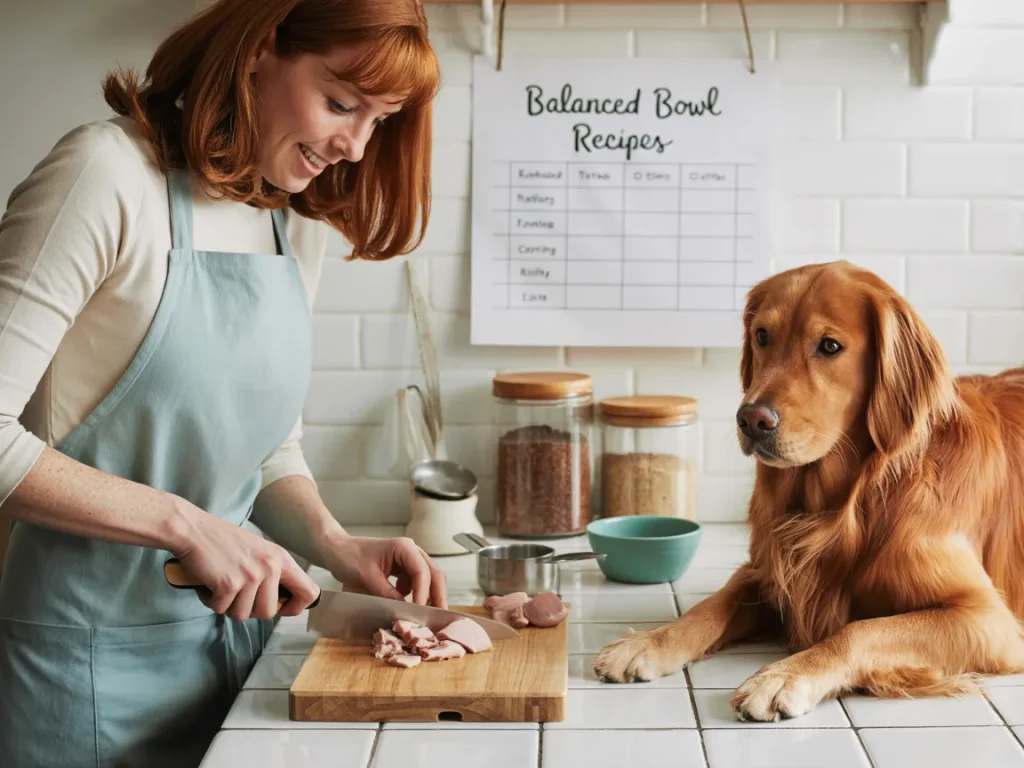
Secret 3: Smartly Introduce a Raw Food Approach (If It Fits Your Dog)
Curious about raw? It can work beautifully for some dogs, but it’s not a free-for-all buffet. A balanced raw plan includes the right proportions of muscle meat, organ meat, and a safe calcium source (edible bone or a vetted alternative). It also asks for the same kitchen hygiene you’d use for your own food: clean surfaces, careful storage, no cross-contamination. If that sounds like a lot, commercial raw options with third-party testing can lighten the load.
Teeth often tell the story. Some dogs on raw build less tartar, but bones must be the right size and type—no cooked bones, and nothing so hard it risks a cracked tooth. Got a very young pup, a senior with health concerns, or an immunocompromised dog? Raw may not be the right lane without close veterinary guidance.
Bottom line: if you try raw, do it intentionally, monitor how your dog looks and feels, and bring your vet into the loop. The goal isn’t to win an internet debate—it’s to help your dog glow from the inside out.
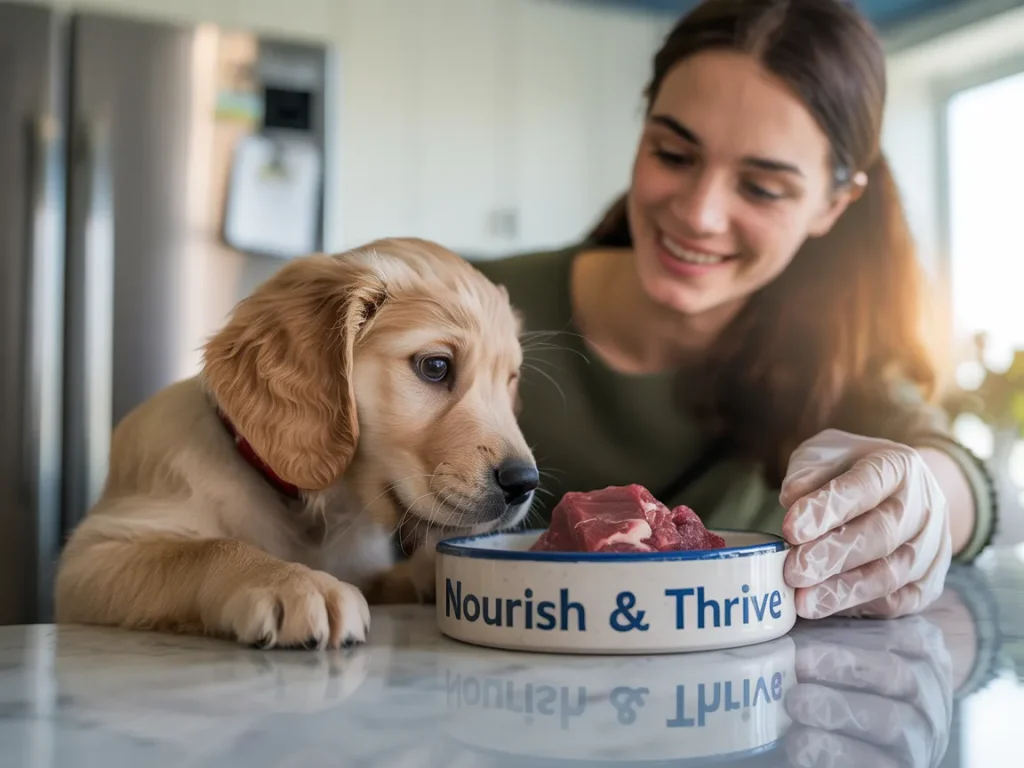
Secret 4: Treats Should Support, Not Sabotage, the Diet
Treats are training gold—and they can also quietly blow the whole diet if you’re not watching the math. Keep them to about 10% of daily calories, and think “mini, not mega.” I like thumbnail-size pieces of lean protein (dehydrated chicken or turkey), tiny cubes of cooked pumpkin or sweet potato, or simple oven-baked bites made from oats, mashed banana, and peanut butter (always xylitol-free). Want a sneaky pro move? Use part of your dog’s regular meal as training rewards so you’re not stacking extra calories on top. Dental chews can help with tartar, but they’re a sidekick, not a stand-in for brushing or professional cleanings. Batch your treats on a weekend, stash portions in the freezer, and you’ll always have “yes!” food ready without scrambling.dog treats can be batch-made and stored safely; freeze portions if you make larger quantities.
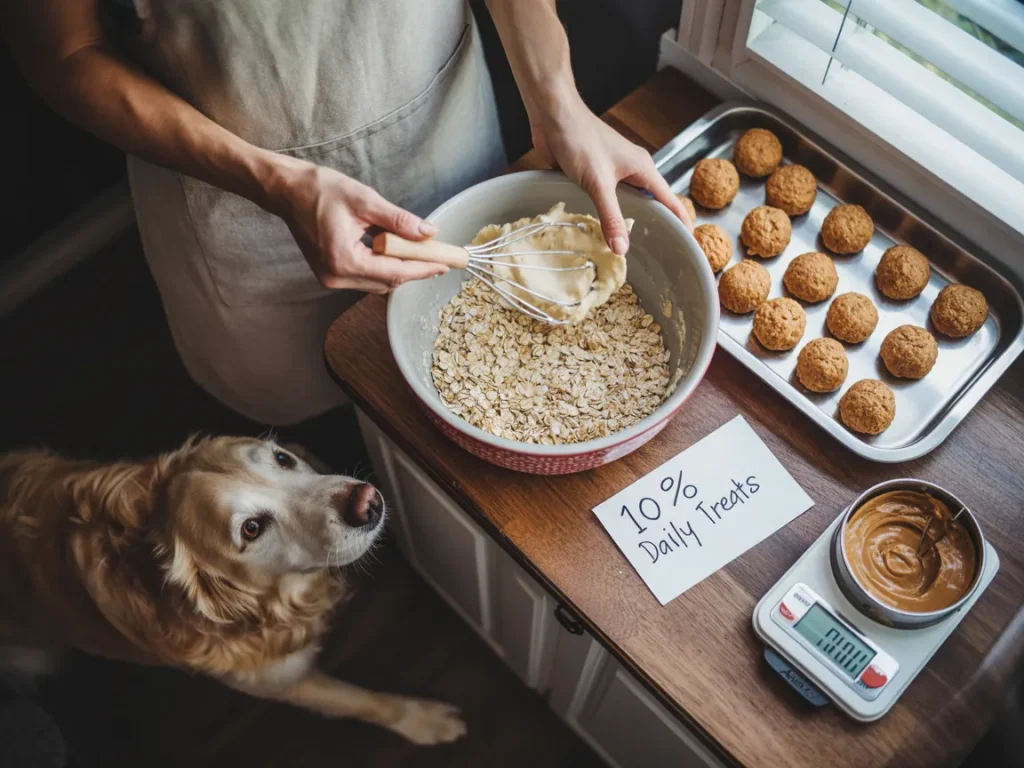
Secret 5: Storage & Portion Control Keep Food Safe and Effective
Great food can turn average if it’s stored poorly. Dry food does best in an airtight setup—air and humidity are flavor thieves—so label the date, rotate “first in, first out,” and keep it cool and dry. For the nuts and bolts of safe handling, the FDA’s pet food storage tips cover best practices like keeping food in its original bag (even if you place the bag in a bin) and promptly refrigerating leftovers. A kitchen scale beats eyeballing for portions, and your dog’s body condition (can you feel ribs without digging?) is the compass; the bowl follows the body, not the other way around.
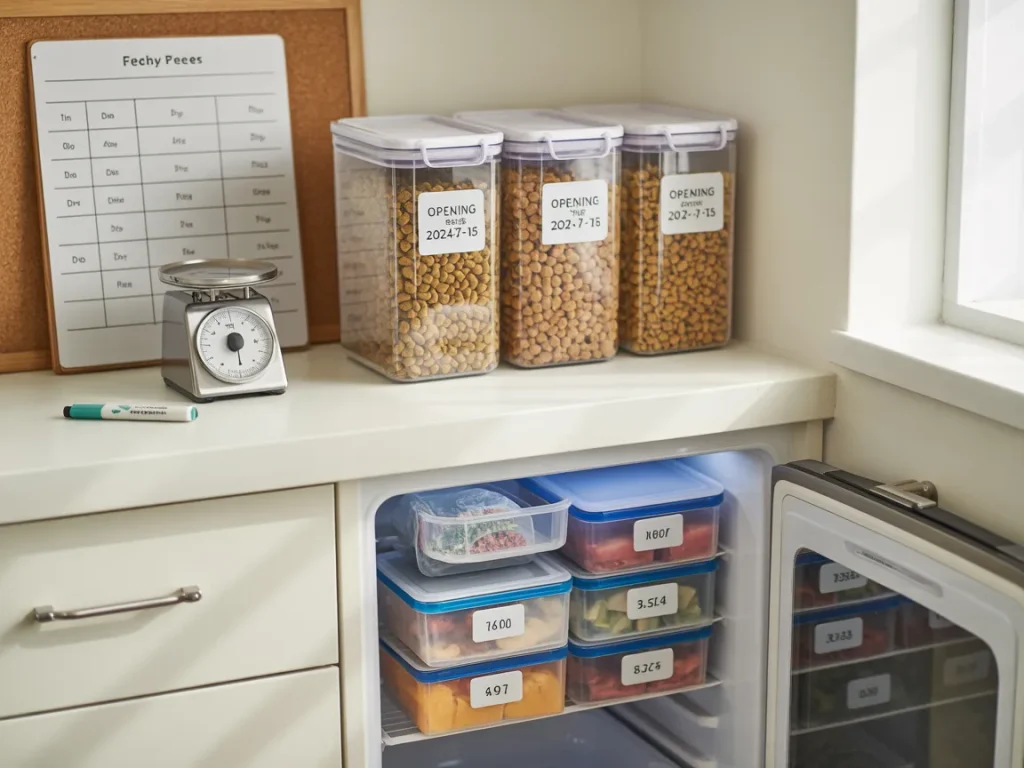
Secret 6: Rotate Proteins and Watch for Allergies
Think of protein rotation like cross-training for the menu—chicken this month, fish the next, turkey after that. It adds variety and may lower the odds of your dog getting touchy about one ingredient. Keep an eye out for the telltale red flags: itchy skin or hot spots, gunky ears, gas or loose stools, paw-licking worthy of an Olympic medal. If those pop up, hit pause and talk to your vet about a proper elimination trial so you can pinpoint the real culprit without guesswork.
Secret 7: Supplement Wisely, Not Randomly
Supplements should fill gaps, not create new ones. Omega-3s can polish the coat and soothe the skin; probiotics can steady a wobbly gut; joint support (like glucosamine and friends) can help big breeds and seniors; digestive enzymes can lend a hand if meals seem to “sit.” But here’s the catch: if your base diet already provides a nutrient, doubling up can throw the balance off. Before you add a capsule, zoom out—total diet first, targeted tweaks second, and ideally with your vet’s input when there are ongoing symptoms or special health needs.
Secret 8: Regular Assessment Keeps the Diet Working
Great diets aren’t “set it and forget it.” Every few months, do a quick tune-up. Start with the body check: can you feel ribs without digging, and see a gentle waist from above? Energy steady or dipping? Then scan the “outputs”—coat shine, stool consistency, breath, and teeth. Small changes in any of those can be your dashboard lights.
Life shifts matter, too. Puppies become lanky teens; seniors slow down; a new sport or a long winter can change calorie needs. Health issues may call for different protein, fat, or fiber. I keep a simple food diary during any transition—nothing fancy, just what went in, what came out, and how your dog acted. You’ll spot patterns faster than you’d think. One of my board-and-train pups, for example, turned gassy every Thursday—turns out Thursday was “too many treats from daycare staff” day. The diary solved it in a week.

Bonus Tip: Make Feeding a Predictable Routine
Dogs love rhythm. Feed at roughly the same times each day and skip free-feeding. Scheduled meals help digestion, prevent bored snacking, and make training simpler—meals can double as reward sessions. Think of it like a metronome for the gut: steady beat, happy tummy.
Conclusion
A healthy dog diet isn’t a magic formula; it’s a stack of smart choices made consistently. Build balanced meals (store-bought or homemade), transition thoughtfully if you try raw, keep treats in check, store food well, rotate proteins with intention, and use supplements to fill real gaps—not imaginary ones. Then circle back regularly to see how your dog looks, feels, and performs. When the bowl follows the body, you’ll see it: brighter eyes, smoother digestion, a coat that looks ready for a photo shoot, and energy that lasts.
Optional next step: Pick one vet-vetted homemade recipe and add it once a day for two weeks. Track weight, stool, skin, and overall pep. Adjust from there.
Disclaimer: This article is for informational purposes only and does not constitute professional veterinary advice. Always consult a licensed veterinarian or certified dog trainer regarding the specific needs and health of your dog.
